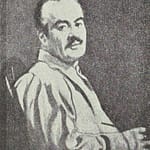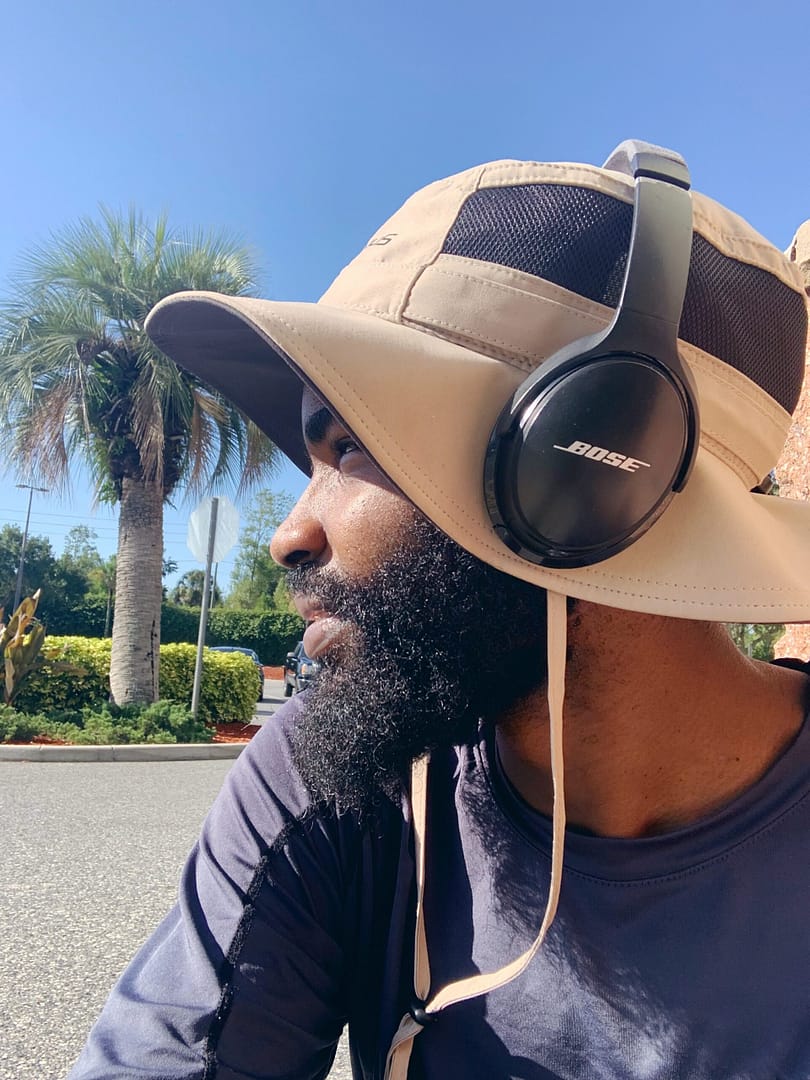Genghis Khan and the Making of the Modern World by Jack Weatherford Book Summary & Key Takeaways 🗺️
Genghiss Khan and the Making of the Modern World by Jack Weatherford gives us a fresh look into one of history’s most famous figures, Genghis Khan. We’ll take a closer look into the life of Khan, the Mongol Empire, and their impact in shaping the modern world.
Some people think of Genghis Khan as a ruthless conqueror, but as Weatherford illustrates in this book, Khan’s leadership actually had a huge impact on the world in ways we don’t often realize.
Weatherford points out that Genghis Khan wasn’t just about military power, but also about shaping global trade, connecting cultures, and introducing new ideas that ultimately changed history.
Khan created one of the largest empires in history, (The Mongol Empire) and laid the groundwork for much of the modern world as we know it today.
Rather than just focusing on the violent side of Khan’s leadership, Weatherford paints a picture of him as a clever and transformative leader whose actions have influenced everything from global connections to the way we do business. Without further ado, please enjoy this summary piece by yours truly, of Genghis Khan and the Making of the Modern World by Jack Weatherford.
…
So, who was Genghis Khan?
Born in 1162, Khan grew up in a world of violence (murder, kidnapping, and enslavement). He received no formal education. Despite it all, Khan managed to survive his harsh reality by using his remarkable instinct to seize opportunity. In his pursuit, Khan united warring tribes on the steppe and inspired a deep loyalty in his people.
By 1206, Genghis Khan founded the Mongol Empire. Surrounded himself with talented men as his closest advisors, regardless of where they came from.
Khan was also a military genius.
On every invasion, he would aim to frighten the enemy into surrendering before the battle even began.
The Mongol army traveled lightly, and they never fought the same war twice.
Khan learned, or should I say, discovered from different challenges, that it was always best to experiment first, then adapt, and revise.
The cold months were perfect for invasions because the horses could graze more easily, making hunting a lot easier.
“Victory did not come to one who played by the rule,” said Khan, “it came to the one who made the rules and imposed them on his enemy. Triumph could not be partial. It was complete, total, and undeniable or it was nothing.”
Genghis Khan would often lure enemies away from the battlefield in false retreat, a tactic he used as a way to draw enemies further away (in overconfidence) and exhaust them. Once they became disorganized and tired, the Mongol army would then swoop in and go for the attack.
Khan hated the idea of random authority. So much so that whenever he conquered a new place, he wiped out the rich and powerful leaders to completely break the enemy’s social system and stop any chance of future rebellion.
He’d often grouped warriors from different tribes into teams of ten, called arban, where they fought and lived together like family. This in turn, helped unite the tribes and people across his empire.
In just 25 years, Genghis Khan and his Mongol army conquered over more land and people than the Romans did in 400 years!
To top it all off, for 60 years, not a single one of his generals ever turned against him.
He never punished or harmed any of them, which is a loyalty you rarely see in history.
He made rules to keep peace among his followers: no enslaving Mongols, all kids were treated as legal or rightful, women couldn’t be sold into marriage, adultery was banned, stealing animals was punished, and hunting was off-limits during animal breeding season (March to October).
Genghis Khan was the first leader to connect China and Europe through trade and diplomacy, opening up the world to the exchange of goods, ideas, and knowledge. Primarily by securing trade in what would much later be called the Silk Route.
“If you can’t swallow your pride, you can’t lead. Even the highest mountain had animals that step on it.”
― Jack Weatherford, Genghis Khan and the Making of the Modern World
Khan laid the foundation for the modern world by encouraging things like free trade, open communication, shared knowledge, and peace between different religions.
He also set up international laws and gave diplomats special protection. One of his big contributions was bringing together doctors from India, the Middle East, and China to share medical knowledge. He built hospitals and training centers to help everyone learn from each other.
In the process, Khan and the Mongols were able to reunite lots of cultures.
Khan was also the first in history to declare complete religious freedom across his empire, understanding that competing religions could cause conflict and disrupt unity.
And so, Khan made sure everyone had complete religious freedom to follow any religion they wanted. And during his dynasty, reading and writing became more common, and the production of books increased immensely.
After all the chaos and destruction caused by their conquests, the Mongols surprisingly helped improve cultural exchange, trade, and civilization.
Their influence played a big role in pushing Europe toward the Renaissance.
“You may conquer an army with superior tactics and men, but you can conquer a nation only by conquering the hearts of the people. ― Jack Weatherford, Genghis Khan and the Making of the Modern World
The Fall of the Mongol Empire
The plague caused huge problems for the Mongol Empire. It cut off connections between different parts of the empire—Persia, Russia, and China—shutting down the system that relied on fast movement of people and information.
With the plague, parts of the empire either got wiped out or had to isolate themselves to survive.
In 1492, over 100 years after the last Mongol ruler in China, Christopher Columbus set out to reconnect with the Mongol court. He ended up in the Americas, thinking he had reached the southern neighbors of the Mongols in India (which is why he called the people “Indians”).
Final Thought 💭
To sum it up, the Mongols did a lot of good things that overshadowed the bad. At its core, Khan’s empire wasn’t just about conquering places—it was about bringing cultures, ideas, and economies together across huge areas. They expanded trade, improved civilization, and helped lead Europe into the Renaissance. After Genghis Khan died, the empire was split into four main regions, each ruled by one of his sons or grandsons. The most important of these was the Mongol rule over China. In 1279, Genghis’s grandson, Kublai Khan, became the first foreign ruler of China.
Also please keep in mind that, this is only a small part of what the book covers. To learn more, grab a copy on Amazon or check it out at your local library.
Thanks for reading! See you next time—have a great day, and God bless.









![Steal Like an Artist: 10 Things Nobody Told You About Being Creative by Austin Kleon [Book Summary & PDF] Steal Like an Artist: 10 Things Nobody Told You About Being Creative by Austin Kleon [Book Summary & PDF]](https://mlfwe0uloqyb.i.optimole.com/w:150/h:150/q:mauto/rt:fill/g:ce/ig:avif/https://www.leapessence.com/wp-content/uploads/2017/12/IMG_2633.png)
![A Thousand Names for Joy by Byron Katie and Stephen Mitchell [Book Summary] A Thousand Names for Joy by Byron Katie and Stephen Mitchell [Book Summary]](https://mlfwe0uloqyb.i.optimole.com/w:150/h:150/q:mauto/rt:fill/g:ce/ig:avif/https://www.leapessence.com/wp-content/uploads/2017/12/IMG_2716.png)



